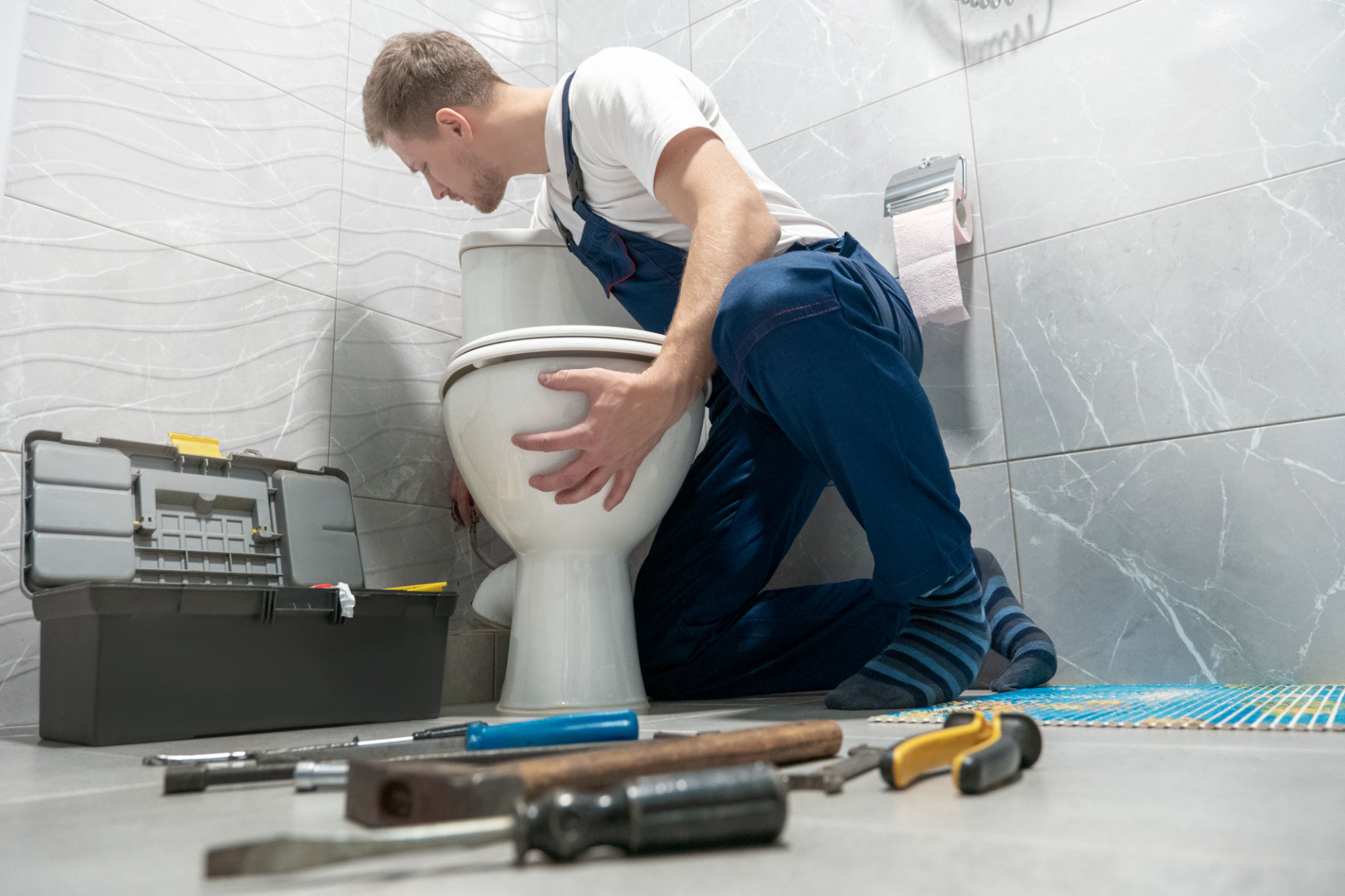DIY Minor Home Repairs Every Broomfield Resident Should Know
IC
Fixing Leaky Faucets
One of the most common issues homeowners face is a leaky faucet. Not only can it be annoying, but it can also lead to increased water bills. Fortunately, fixing a leaky faucet is a simple task that you can do yourself. Start by turning off the water supply under the sink. Then, remove the handle and unscrew the packing nut to access the stem. Depending on the type of faucet, you might need to replace the washer or O-ring.

Once you've replaced the necessary parts, reassemble the faucet and turn on the water supply to check for leaks. With a little patience and some basic tools, you'll save yourself the cost of hiring a plumber.
Repairing Drywall Holes
Drywall holes are inevitable, whether from moving furniture or accidental bumps. Fortunately, repairing them is straightforward. You'll need some spackle or joint compound, a putty knife, and sandpaper. Begin by cleaning the hole and its surroundings. Apply a small amount of spackle with the putty knife, spreading it evenly across the hole.
Allow it to dry completely before sanding it down to ensure a smooth surface. If needed, apply a second coat for larger holes. Once dry, sand again and paint over to match your wall color.

Unclogging Drains
Clogged drains are another common issue that can often be resolved without professional help. For a sink or shower drain, start by removing any visible debris. A plunger can be useful in loosening blockages in pipes. If that doesn't work, try a mixture of baking soda and vinegar, which can break down organic matter causing the clog.
Pour half a cup of baking soda into the drain followed by half a cup of vinegar. Allow it to sit for about 15 minutes before flushing with hot water. For more stubborn clogs, a plumbing snake might be necessary to remove the obstruction.
Fixing Running Toilets
A running toilet can waste a significant amount of water if not addressed promptly. The issue often lies within the tank, usually involving the flapper or fill valve. Start by removing the toilet tank lid and inspecting these components. If the flapper looks worn or doesn't seal properly, replacing it is generally inexpensive and straightforward.

If adjusting or replacing the flapper doesn't solve the issue, the fill valve might need attention. Sometimes cleaning it will suffice, but replacement might be necessary for older models.
Replacing Light Switches
Flickering lights or switches that don't work consistently can be frustrating and potentially dangerous. Replacing a light switch is a quick fix that improves both functionality and safety. Before starting any electrical work, ensure the power is turned off at the circuit breaker.
Remove the switch plate and unscrew the old switch from its electrical box. Take note of how the wires are connected before removing them. Install the new switch by reconnecting the wires in the same configuration, securing it back into place, and reattaching the switch plate.

